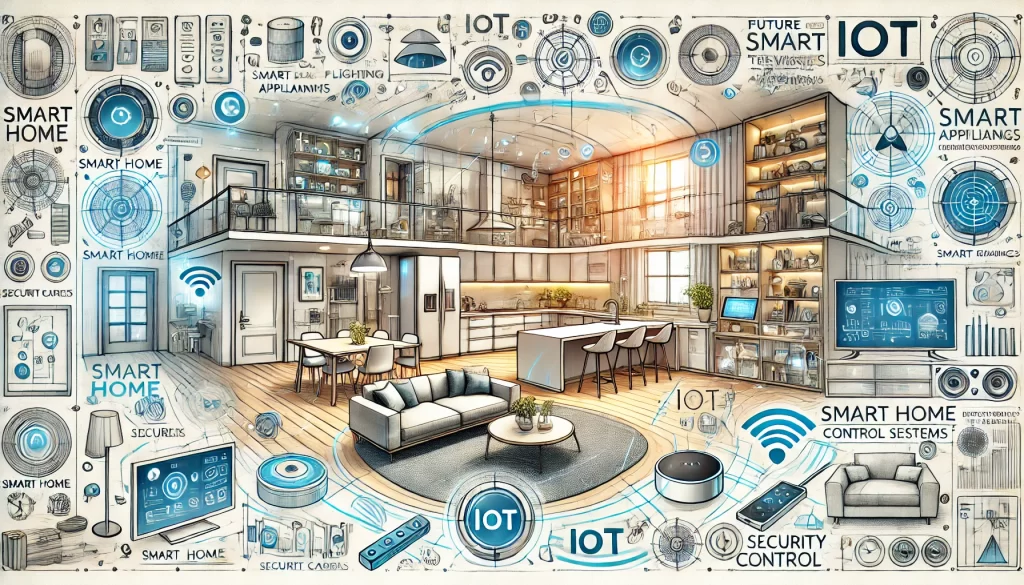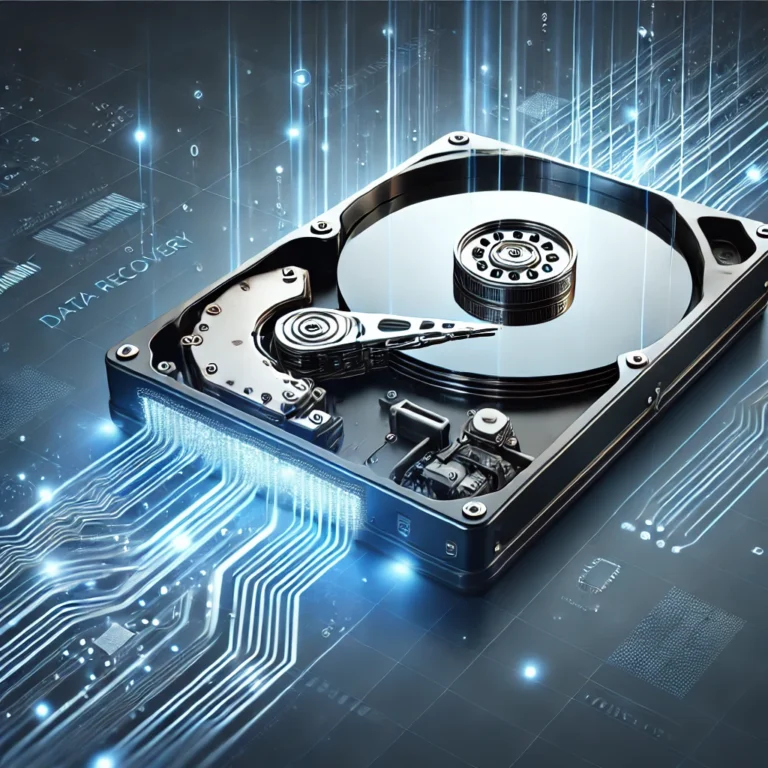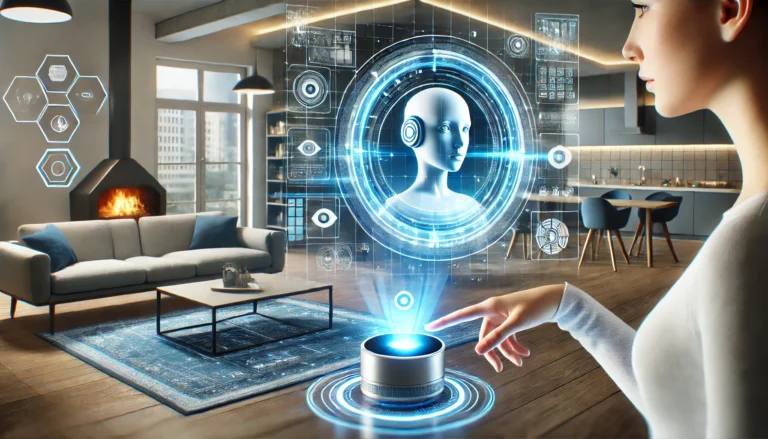The Evolution of Smart Home Technology: How Our Homes Became Smarter
Introduction
Smart home technology has come a long way from being a futuristic dream to becoming a part of our daily lives. Over the years, advancements in automation, connectivity, and artificial intelligence have transformed how we interact with our living spaces. This blog post explores the evolution of smart home technology, from its early beginnings to the cutting-edge innovations shaping the future.
The Early Days: Home Automation’s Humble Beginnings
The foundation of smart home technology can be traced back to the early 20th century when electrical appliances like washing machines and refrigerators started to become household staples. However, true home automation began in 1975 with the invention of X10, a communication protocol that allowed electronic devices to communicate over existing electrical wiring. While revolutionary for its time, X10 had limitations in speed and reliability.
The Rise of Wireless Technologies
The late 1990s and early 2000s saw the emergence of wireless communication protocols like Z-Wave and Zigbee, which improved the efficiency and reliability of smart home devices. Unlike X10, these technologies used radio frequencies instead of power lines, making them more effective for real-time automation. This era saw the introduction of early smart home products, such as remote-controlled lighting and programmable thermostats.
The Smart Assistant Revolution
One of the biggest breakthroughs in smart home technology came with the introduction of voice-activated assistants. In 2014, Amazon Echo was launched, featuring Alexa, a voice assistant capable of controlling smart devices through simple voice commands. This was followed by Google Home and Apple’s Siri, which made home automation even more accessible. These AI-driven assistants could integrate with various devices, allowing users to control lighting, security systems, entertainment, and more with just their voice.
The Internet of Things (IoT) and Seamless Connectivity
With the rise of IoT (Internet of Things), smart home devices became more interconnected than ever. Devices such as smart locks, cameras, thermostats, and appliances could now communicate with each other, creating a fully automated home experience. Companies like Samsung, Nest, and Philips developed ecosystems where multiple smart devices worked together seamlessly.
For example, a smart thermostat could detect when a homeowner was away and adjust the temperature accordingly, while smart lighting systems could turn off automatically to save energy. This level of automation led to increased convenience, security, and energy efficiency in modern homes.
Challenges in Smart Home Technology
Despite its many advantages, smart home technology also comes with challenges:
- Privacy and Security Concerns: With so many connected devices, data privacy and cybersecurity have become major concerns. Hacking risks and data breaches remain a challenge for manufacturers and users alike.
- Compatibility Issues: Different brands use different communication protocols, making it difficult for all devices to work seamlessly together.
- Cost and Accessibility: While smart home devices have become more affordable, the cost of a fully automated home setup can still be high for many consumers.
The Future of Smart Homes
Looking ahead, the future of smart home technology is promising. Emerging technologies like AI-powered automation, 5G connectivity, and blockchain security are expected to revolutionize the industry. The Matter standard, a unified smart home protocol backed by major companies like Apple, Google, and Amazon, aims to solve compatibility issues and make smart home integration more seamless.
Additionally, sustainability will play a crucial role in future developments. Smart home innovations will continue to focus on energy efficiency, smart grids, and eco-friendly automation to create a more sustainable living environment.
Conclusion
Smart home technology has evolved significantly over the years, making our homes more efficient, secure, and convenient. From the early days of X10 to AI-driven voice assistants and IoT integration, smart homes have truly transformed modern living. As technology continues to advance, we can expect even greater innovations that will make our homes smarter and more intuitive than ever before.






